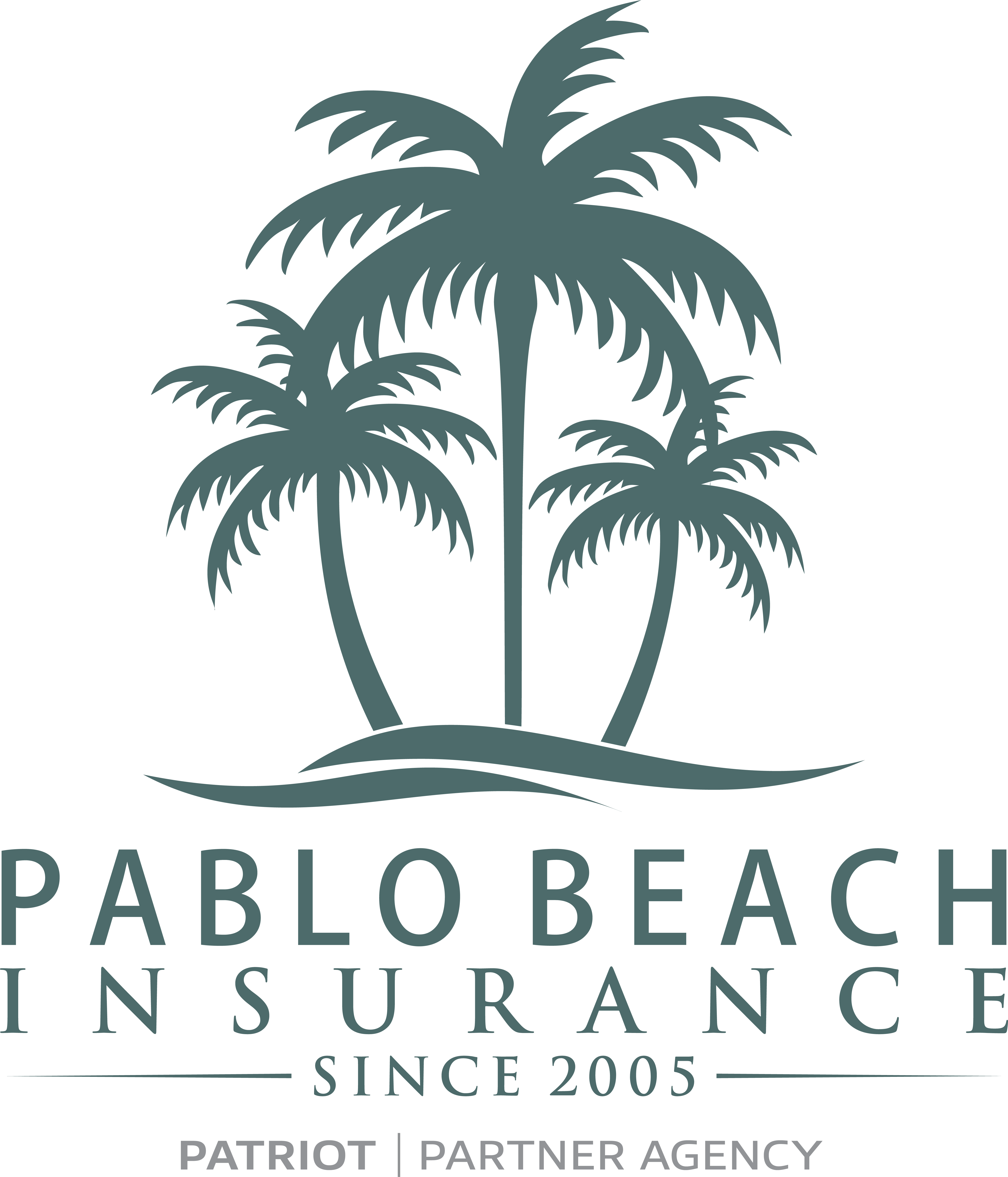Flood: What It Is and What It Isn’t
Water from broken water pipes, overflowing bathtubs, flash floods, or storms can cause extensive damage to your home, contents, and other assets. As a homeowner, you need to determine whether the damage constitutes a water damage insurance claim or a flood claim.
Claim Distinctions: What Constitutes a Flood Claim?
The difference between a flood damage claim and water damage claim can best be illustrated by the Federal Emergency Management Agency’s (FEMA) flood definition. According to FEMA, a flood is a temporary condition where two or more acres of normally dry land are completely or partially inundated by:
- Mudflow
- Overflow of inland or tidal waters
- Unusual and quick build-up of waters from any source
- Collapse of land along the shores of a water body due to erosion
From FEMA’s definition, it’s clear that the main difference between a water damage claim and a flood claim is that the water originates from a natural source and more than two properties are involved. Therefore, if you and your neighbors are facing water issues due to any of the above reasons, then you are likely dealing with a flood insurance claim.
Unfortunately, since the standard homeowner’s insurance policy does not cover damages caused by floods, only homeowners with flood insurance through the National Flood Insurance Program (NFIP) can file flood claims. If you live in flood-prone areas and do not currently have flood insurance, you should consider purchasing one.
What Does Flood Insurance Cover?
According to The Federal Emergency Management Agency (FEMA), flood insurance can protect your home in two ways.
- Building property coverage: Buying flood insurance can cover can help protect the physical structure of your home and its foundation. The policy also covers electrical and plumbing systems, central air systems, and furnace, cabinets and paneling. The maximum coverage limit is $250, 000.
- Personal contents coverage: Contents inside your home such as freezers, electronics, clothing, curtains, and certain valuables like art can be protected. The maximum coverage is set at $100,000.
When purchasing a flood insurance policy, ensure that you identify the individual categories of the contents in your home and their estimated value. This is because some categories can have limits set below the total value of the possessions you own that qualify. For example, if you own high-value items such as art, you might consider purchasing additional protection for this category.
What’s Not Covered in Flood Insurance?
Before purchasing a flood insurance cover, it’s equally important to know what’s not covered. Here’s NFIP’s summary of the types of property and expenses that are not covered under the basic flood insurance policy.
- Automobiles
- Avoidable damage that could have been controlled by the homeowner such moisture or mold/mildew damage.
- Property such as fences, retaining walls, seawalls, bulkheads, wharves, piers, bridges and docks.
- Outdoor property such as swimming pools and hot tubs.
- Living expenses due to flood damage.
According to the NFIP, flood insurance provides limited or no coverage for underground rooms and their contents. Items such as the furnace which are normally found in the basement are covered under building coverage. Others such as the washing machine are insured under personal contents cover.
Do I Need Flood Insurance?
Whether a property owner needs a flood insurance cover is highly dependent on how prone the area they live is prone to floods, and whether the government or the mortgage lender deems it necessary. Generally, FEMA determines and updates the nation’s Flood Insurance Risk Maps (FIRMs). You can visit FEMA’s Flood Insurance Rate Map to check your flood zone and determine whether you need a flood insurance cover.
The various flood zones fall into one of the three categorical areas below:
High-Risk Areas: Also known as Special Flood Hazard Areas (SFHAs), the federal government requires that homes or properties located in these areas with mortgages from federally insured lenders to have flood insurance. Most of these properties are located along the coastlines and other water bodies such as rivers and lakes. If you live in any of these areas, you should consider getting a flood insurance cover.
Moderate-To-Low Risk Areas: The probability of flooding in these areas is minimal. However, approximately 20-percent of all flood insurance claims come from this category, according to the NFIP. While it’s not mandatory to have flood insurance in these areas, purchasing a policy can save you from unprecedented occurrences.
Undetermined-Risk Areas: As the name suggests, no flood analysis has been conducted in these areas. However, this is not to mean that these areas are risk free. Purchasing a flood policy is recommended.
While every property owner has unique insurance needs, understanding what your standard homeowner’s insurance policy entails is very important. For any questions on homeowners and flood insurance, please contact us via the link below or 904.224.7000.
Florida Insurance Experts
Since 2005, PBIG has been helping Florida residents by getting them the right coverage at the right price. We are locally owned, have a casual approach, and deliver professional results. Click below to get a no-hassle, free quote from one of our experts.

